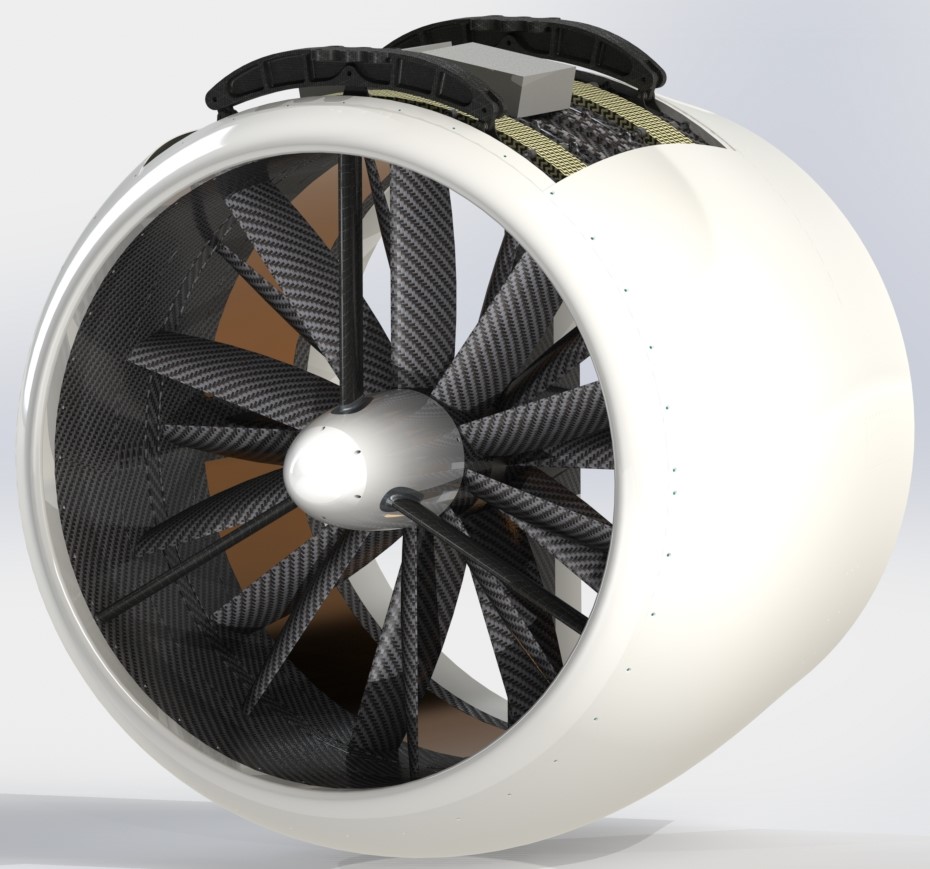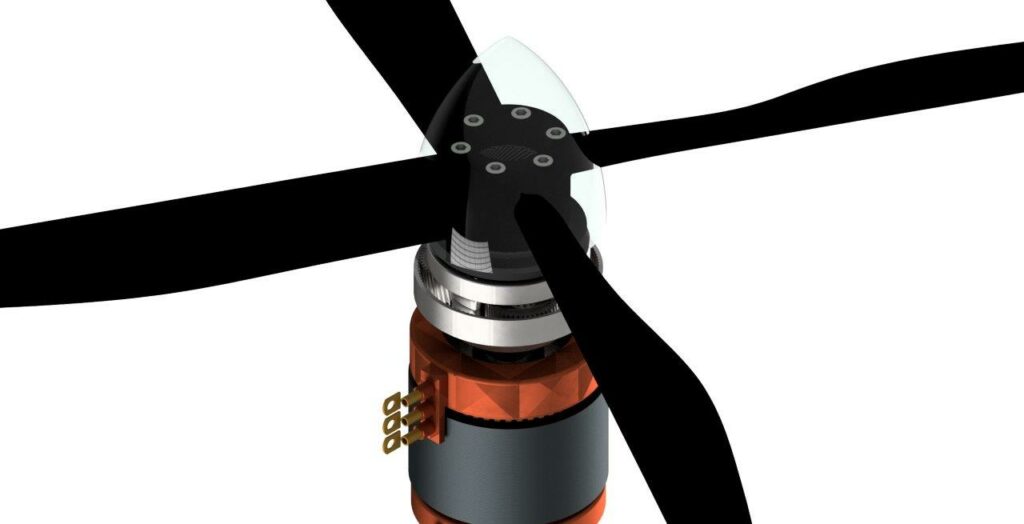DSD software optimises e-aircraft powertrain designs

(Images courtesy of DSD)
In early August, electrified propulsion engineering consultancy Drive System Design (DSD) revealed that it is working on optimising the propulsion systems for electric aircraft as part of the Driving the Electric Revolution (DER) challenge at UK Research and Innovation.
The initial study is intended to evaluate powertrain technology that could be used on a range of small eVTOL aircraft with payloads of 150-400 kg, with further applicability to UAVs and regional and sub-regional aircraft.
What DSD brings to the party is propulsion system expertise enhanced by its Aerospace Electrified Powertrain Optimisation Process (AePOP) simulation tool, which grew out of the company’s ePOP software developed for automotive electrification that can rapidly assess the performance of thousands of design iterations, as engineering director John Morton explains exclusively to Peter Donaldson.
When using AePOP to help optimise the design of a powertrain for a small eVTOL aircraft, the engineering team would begin by looking at the broad requirements.
“You want to cover more than the entire design landscape you are interested in,” Morton says. “First you need to know how your vehicle is going to be evaluated, and with an air vehicle it can be as simple as a mission profile with some additional specific use-cases.”
To set up the vehicle model, it’s important to know its weight and lift characteristics, drag characteristics in two dimensions and how it is expected to operate, he says. Then comes the approximate power range that will be needed.
Next come decisions about whether to use off-the-shelf or bespoke components, or combinations of them, aided by AePOP’s generation of input data such as mass, volume, efficiency characteristics and a cost model for example.
“So you are putting limits on your design space and trying to fill those limits with the right selection of motors, a transmission if appropriate and the right inverter technology as well, perhaps with automated generation of many of those,” Morton says.
Using AePOP revealed the value of transmissions in electrified aircraft, he adds, challenging perceptions about additional weight and servicing challenges.
“When using a whole-system approach, it can be seen that the use of a transmission could significantly reduce weight and cost,” he explains.

Morton also emphasises that work on the DER project has highlighted the significance of adding propulsors (fans, propellers and so on) to AePOP, as they bring another, highly variable influence on the system, as tyres do to road vehicle models in ePOP.
“The propulsor itself has effectively a whole new set of ratios, efficiencies and dimensions, which add further complexity,” he says. “With eVTOLs you see anything from two to 20 propulsors, and with AePOP we can evaluate how much energy they will use, how much weight they will add and what that will cost,” he explains.
“Then it is a case of running the simulation with what will most likely be thousands or even tens of thousands of combinations. Running is really a push-button exercise, then there’s post-processing to analyse your data.”
AePOP can also be used to determine the smallest number of powertrain components that can be used across a range of vehicles to maximise commonality and minimise cost, and it can evaluate the effects of possible price volatility of batteries and magnets, for example, to provide a degree of future proofing, Morton says.
Ongoing enhancements of the software include a thermal concepting tool, allowing engineers to measure thermal management implications precisely for different powertrain configurations rather than making broader assessments.
Morton emphasises that while AePOP explores in hours of runtime design spaces far too large for humans to cope with, it presents options in many different contexts and leaves room for human engineering judgements.
ONLINE PARTNERS































